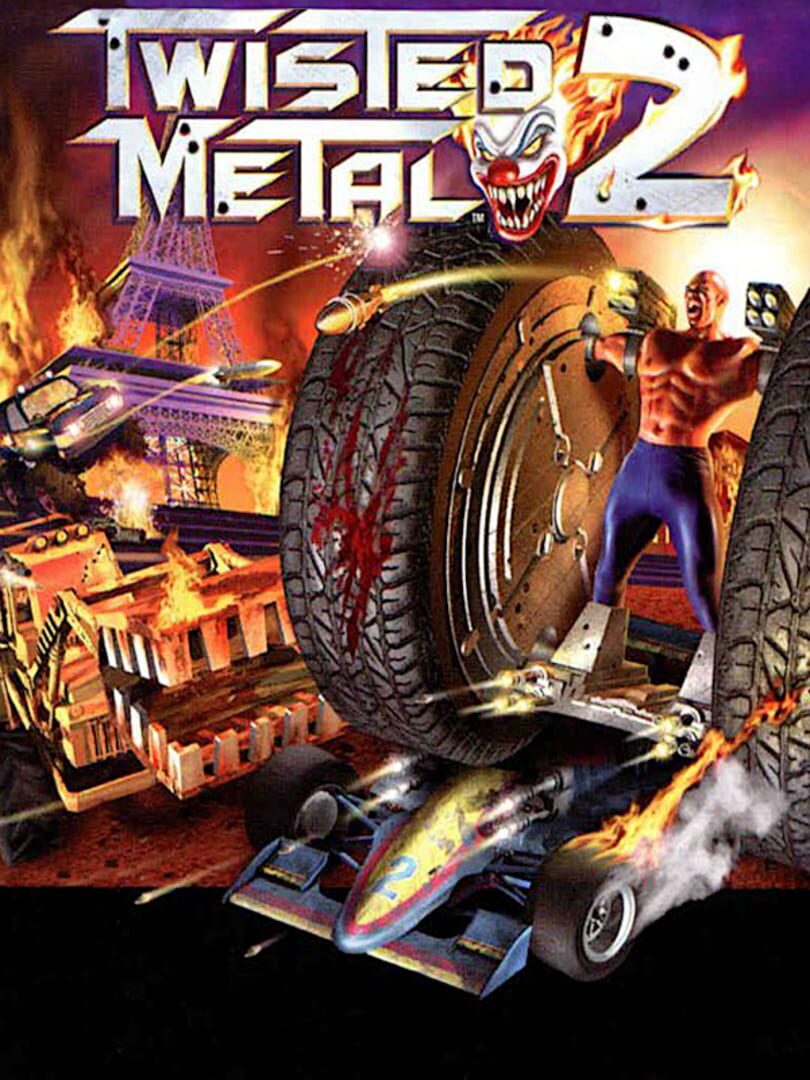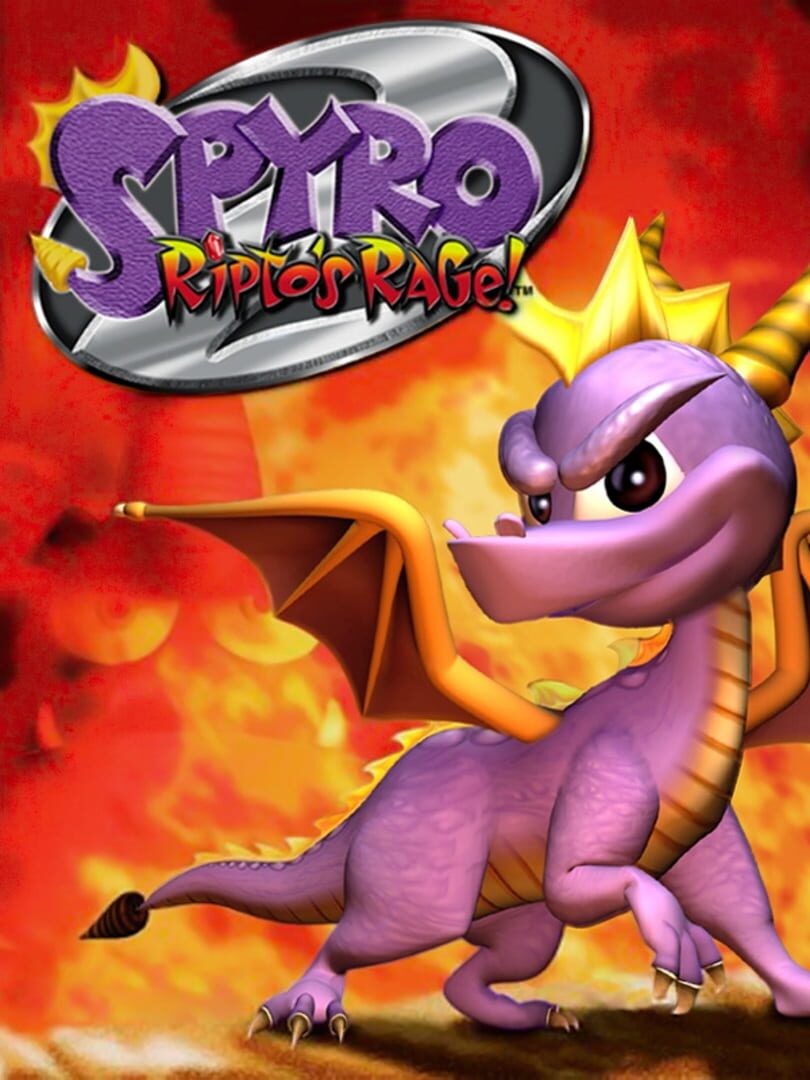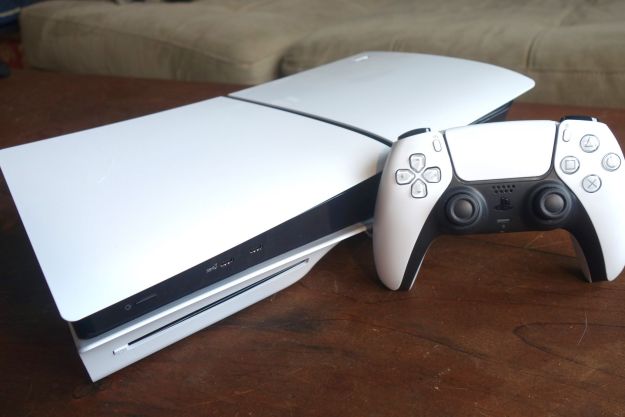The original PlayStation almost didn’t happen. It was the result of a canceled collaboration between Sony and Nintendo, leading to somewhat of a feud in the mid-90s. In 1994, the PlayStation launched in Japan, giving its players a way to enjoy beautiful (at the time) 3D games using discs instead of the expensive price tag that came with cartridges.
In 1995, the system was released worldwide, and it took gamers by storm. Not only was it home to some of the most impressive games at the time, but it also offered a convenient way to play music using CDs, which was quite novel in the mid-90s. And we all know that the success of this console has now led to the PS4 and PS5.
Ranging from novel-length, narrative-driven RPGs to fast and furious races to mind-bending puzzles, games for the original PlayStation offered a wildly diverse lineup over its 11-year production run. It featured some of the most important and influential games of all time, from Metal Gear Solid to Spyro the Dragon, Crash Bandicoot, Gran Turismo, and Final Fantasy VII. Many of these beloved series began on the original PlayStation and still feature new entries to this day. It paved the way for the PlayStation brand, leading to millions of consoles sold worldwide and three more successful home consoles thereafter.
With the launch of PlayStation Plus, Sony’s new subscription service designed to rival Xbox’s Game Pass, many of these classic PS1 titles are going to be making their way to current-gen consoles.
Further reading
The system’s library might not hold up as well as you’d remember, but there’s no denying its importance. In this list, we’ll go through 50 of the best PS1 games of all time.
Action
Castlevania: Symphony of the Night

Metal Gear Solid

Twisted Metal 2

Legacy of Kain: Soul Reaver

Tenchu: Stealth Assassins

Syphon Filter

Einhänder

Ace Combat 2

Mega Man Legends 2

Tomb Raider II

Fighting
Bushido Blade

Tekken 3

Street Fighter Alpha 3

Darkstalkers 3

Platformers
Crash Bandicoot

Oddworld: Abe's Exoddus

Rayman

Spyro 2: Ripto's Rage!

Klonoa: Door to Phantomile

Jumping Flash!

Ape Escape

Puzzle
Intelligent Qube

Super Puzzle Fighter II Turbo

Racing
Gran Turismo 2

Wipeout XL

Crash Team Racing

Ridge Racer Type 4

Driver

Rhythm
PaRappa the Rapper

Vib-Ribbon

Role-playing
Final Fantasy IX

Final Fantasy VII

Chrono Cross

Xenogears

Vagrant Story

Final Fantasy VIII

Suikoden

Legend of Mana

Wild Arms

The Legend of Dragoon

Legend of Legaia

Parasite Eve

Shooters
Medal of Honor

Sports
Tony Hawk's Pro Skater 2

Madden NFL 98

Strategy
Final Fantasy Tactics

Survival horror
Resident Evil 2

Silent Hill

Resident Evil

Dino Crisis

Editors' Recommendations
- These are the 10 best gaming PCs I’d recommend to anyone
- Best PS5 deals: Console bundles, top games, and accessories
- Best PlayStation Plus Deals: Save on Essential, Plus and Premium
- 10 best gaming monitors of 2024: tested and reviewed
- This curved gaming monitor is down to just $160 at Best Buy






